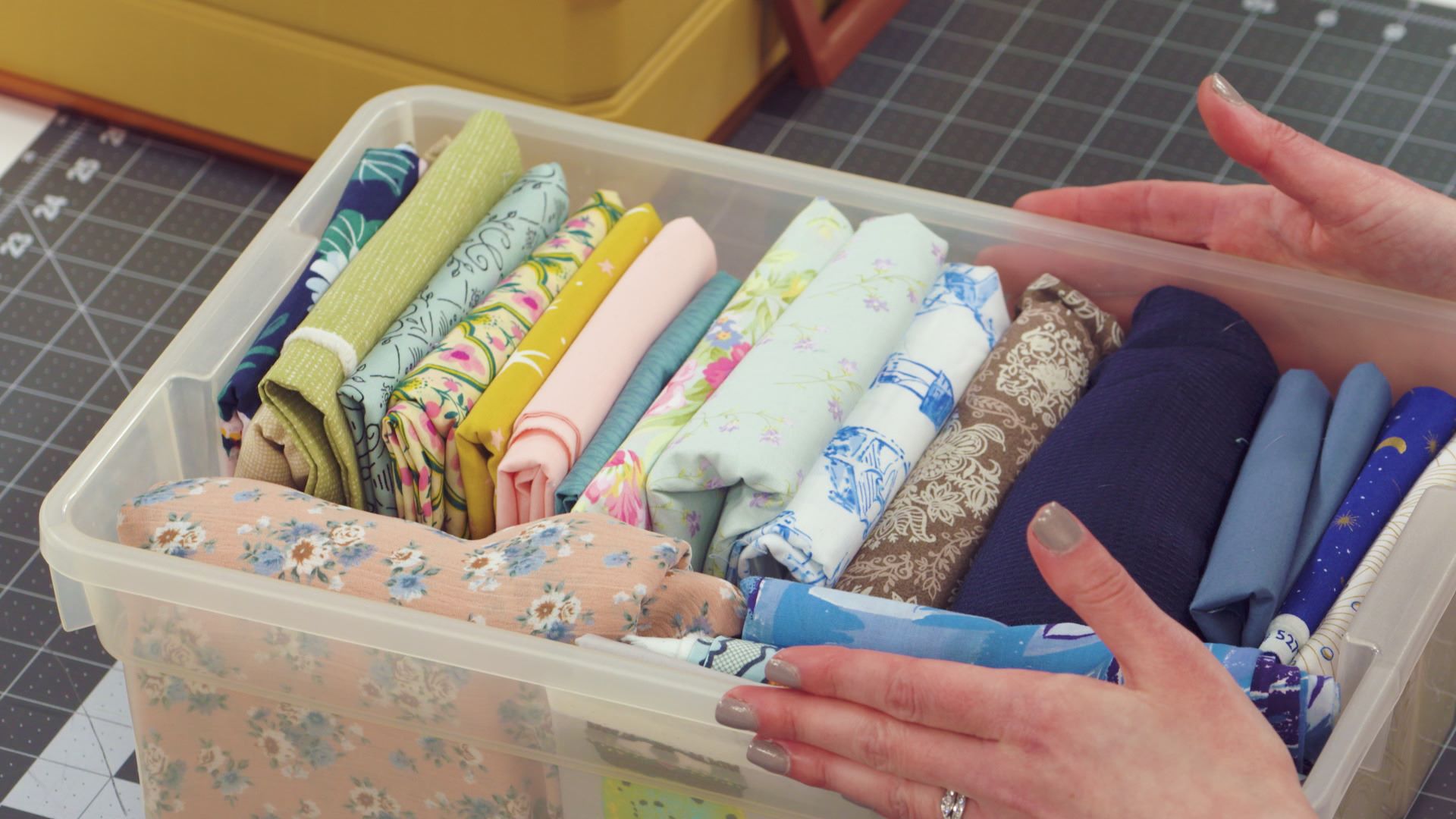

Articles
How To Store Fabric For Sewing
Modified: January 18, 2024
Learn the best methods to store fabric for sewing and keep your articles organized and protected. Discover tips to prevent wrinkles and maintain the quality of your materials.
(Many of the links in this article redirect to a specific reviewed product. Your purchase of these products through affiliate links helps to generate commission for Storables.com, at no extra cost. Learn more)
Introduction
Welcome to the world of sewing! Whether you’re a seasoned seamstress or just starting out, one thing that all sewing enthusiasts can agree on is the importance of proper fabric storage. After spending time and effort selecting the perfect fabrics for your projects, it’s essential to store them in a way that preserves their quality and longevity.
Proper fabric storage not only keeps your materials organized but also helps to prevent damage from humidity, sunlight, and pests. By following a few simple guidelines, you can ensure that your fabrics remain in the best possible condition, ready to be transformed into beautiful garments, quilts, and craft projects.
In this article, we will explore the various aspects of fabric storage, from choosing the right storage space to folding and organizing your fabrics. We will also delve into the importance of protecting fabrics from dust and light and offer tips for long-term storage. So, let’s dive in and discover the secrets to storing fabrics for sewing!
Key Takeaways:
- Proper fabric storage is crucial for maintaining the quality and longevity of materials, protecting them from environmental factors, pests, and dust, and ensuring they are always ready for your next sewing project.
- Choosing the right storage space, preparing fabrics properly, and implementing effective folding and organizing techniques are essential for maintaining the quality and condition of fabrics for long-term storage.
Read more: How To Store Fabric In Sewing Room
Importance of Proper Fabric Storage
Proper fabric storage is essential for maintaining the quality and usability of your materials. When fabrics are not stored correctly, they can be susceptible to a range of issues, such as fading, wrinkling, and even insect damage. By taking the time to store your fabrics properly, you can prolong their lifespan and ensure that they are always ready for your next sewing project.
One of the primary reasons for proper fabric storage is to protect the materials from environmental factors that can cause damage. Fabrics are sensitive to changes in temperature, humidity, and light exposure. Excessive moisture can lead to mold and mildew growth, while high temperatures can cause fibers to weaken and deteriorate over time. By storing your fabrics in a controlled environment, such as a cool, dry area away from direct sunlight, you can help prevent these issues.
Dust and dirt are other enemies of fabric. When fabrics are exposed to dust, it can settle into the fibers and cause staining or discoloration. Regularly cleaning and storing your fabrics in sealed containers or garment bags can help protect them from dust accumulation. Similarly, exposure to sunlight can lead to the fading of colors in fabrics, especially those made with natural dyes. By storing fabrics in a dark or low-light area, you can help maintain their vibrant colors.
Another critical aspect of fabric storage is preventing insect damage. Fabrics, especially those made from natural fibers like cotton or wool, can be attractive to insects such as moths and silverfish. These pests can cause irreparable damage by feeding on the fibers or laying eggs in the fabric. By storing your fabrics in airtight containers or using natural remedies like lavender sachets or cedar blocks, you can deter insects and preserve the integrity of your materials.
Furthermore, proper fabric storage allows you to keep your sewing space neat and organized. When fabrics are stored neatly, folded or rolled, and clearly labeled, it becomes easier to find the materials you need for a particular project. This not only saves you time but also eliminates the frustration of searching through piles of disorganized fabrics.
Overall, investing time and effort into proper fabric storage is well worth it. By protecting your fabrics from environmental factors, preventing insect damage, and maintaining an organized sewing space, you can enjoy using your materials for years to come.
Choosing the Right Storage Space
When it comes to fabric storage, choosing the right storage space is crucial to ensure the longevity and condition of your materials. Here are some factors to consider when selecting a storage area:
- Avoid areas with direct sunlight: Sunlight can cause fabrics to fade and deteriorate over time. Choose a storage space away from windows or use curtains or blinds to block out sunlight.
- Maintain a stable temperature: Fluctuations in temperature can damage fabrics. Avoid areas with extreme temperatures, such as attics or basements, and opt for a cool and dry space instead.
- Control humidity: High humidity can promote the growth of mold and mildew, while low humidity can lead to dryness and brittleness in fabrics. Aim for a storage space with a relative humidity level between 45% and 55%.
- Consider ventilation: Good airflow can help prevent musty odors and minimize the chances of mold growth. If possible, choose a storage space with proper ventilation or use fans or dehumidifiers to maintain airflow.
- Keep fabrics off the floor: Moisture can seep through the floor and damage fabrics. Store your materials on shelves, in plastic containers, or on pallets to keep them elevated and protected.
- Choose a clean and pest-free space: Ensure your storage area is free from pests such as insects or rodents. Use deterrents like mothballs or natural remedies to keep pests at bay.
Additionally, it is important to consider the size of your fabric collection and the available storage space. If you have a large collection, you may need to invest in shelving units, cabinets, or rolling racks to accommodate your fabrics. If space is limited, you can maximize storage by utilizing vertical space with wall-mounted shelves or hanging organizers.
Lastly, make sure your chosen storage space is easily accessible. You want to be able to find and retrieve fabrics without having to dig through cluttered areas. Keep your fabrics organized by using clear bins or labeling containers to indicate the type, color, or project association of each fabric.
By carefully considering these factors and choosing the right storage space, you’ll create an environment that protects your fabrics and makes them easily accessible for your sewing projects.
Preparing Fabrics for Storage
Before you store your fabrics, it’s important to properly prepare them to ensure they remain in good condition. Here are some steps to follow when preparing fabrics for storage:
- Clean the fabrics: Before storing, make sure your fabrics are clean. Dirt and stains left on fabrics can attract insects and cause discoloration over time. Follow the manufacturer’s instructions for washing or dry cleaning the fabrics, and allow them to fully dry before storing.
- Check for damage: Inspect your fabrics for any signs of damage before storing them. Look for tears, holes, or weakened areas. Repair any damage or consider repurposing the fabric if it’s no longer suitable for sewing projects.
- Remove pins and accessories: Remove any pins, needles, or accessories that may be attached to the fabrics. These can cause damage to the fabric or pose a safety hazard when stored.
- Unroll and relax: If your fabrics have been tightly rolled or folded for a long time, unroll and unfold them to allow them to relax. This helps to prevent any permanent creases or wrinkles that can be difficult to remove later.
- Consider pre-washing: If you’re storing fabrics that may shrink or bleed color when washed, it’s a good idea to pre-wash them before storage. This helps to prevent any unwanted shrinking or color transfer when you eventually use the fabrics.
- Iron or press: If your fabrics are wrinkled, consider ironing or pressing them before storage. This helps to keep them looking neat and prevents deep set wrinkles that can be challenging to remove later.
- Secure loose ends: If you have fabrics with frayed edges or loose threads, secure them with a zigzag or serger stitch to prevent further unraveling. This ensures that your fabrics remain intact and neat during storage.
By taking the time to properly prepare your fabrics for storage, you are setting a solid foundation for maintaining their quality and condition over time. Clean, repaired, and well-prepared fabrics are more likely to withstand the storage period without damage or deterioration.
Folding and Organizing Fabrics
Properly folding and organizing your fabrics not only helps to maximize storage space but also ensures that they remain in excellent condition. Here are some tips for folding and organizing fabrics:
- Fold fabrics neatly: Start by folding your fabrics neatly to avoid creases and wrinkles. Lay the fabric flat on a clean, flat surface and smooth out any wrinkles or folds. Fold the fabric in half lengthwise, then fold it in half again or in thirds, depending on the size of the fabric.
- Use consistent folding methods: To maintain uniformity and make it easier to stack or store fabrics, try to use the same folding method for each type of fabric. Whether it’s a basic square fold or a rolled fold, consistency in folding methods helps keep fabrics organized and easily accessible.
- Group fabrics by type: Organize your fabrics by type, such as cotton, silk, or knit fabrics. This makes it easier to locate specific materials when you’re working on a project. You can use separate containers or shelves for each fabric type or label each bundle of folded fabric with its corresponding type.
- Sort fabrics by color: If you have a large fabric collection or work with a variety of colors frequently, consider sorting your fabrics by color. This makes it easier to find the right shade when you’re planning your projects. You can arrange fabrics in color-coded bins, stack them in color groups, or use dividers or hanging organizers to separate colors.
- Label your fabrics: Help yourself stay organized by labeling your fabrics. Use small tags or adhesive labels to indicate important details like fabric type, color, yardage, or special considerations. This makes it much easier to identify and locate specific fabrics without having to unfold them all.
- Consider using storage solutions: To keep your folded fabrics organized and easily accessible, consider utilizing storage solutions such as clear plastic bins, fabric organizers, or hanging shelves. These solutions help protect fabrics from dust and keep them neatly stored while still allowing for easy visibility and access.
- Store smaller scraps separately: Smaller fabric scraps can be more challenging to fold and stack neatly. Instead of trying to fold them into regular shapes, consider storing them in small dedicated bins or clear zipper bags. This way, you can easily see and access your scrap stash when you need just a small piece for a project.
By implementing these folding and organizing techniques, you’ll create a well-organized fabric storage system that allows for easy identification and access to your materials. This ensures a smooth and efficient sewing experience when you’re ready to start your next project.
Store fabric in a cool, dry place away from direct sunlight to prevent fading and damage. Avoid storing in plastic bags, as they can trap moisture and lead to mildew. Instead, use breathable fabric storage bags or acid-free boxes.
Read more: How To Sew Outdoor Fabric
Protecting Fabrics from Dust and Light
Dust and light can have a significant impact on the quality and longevity of your fabrics. Taking measures to protect your fabrics from dust accumulation and excessive exposure to light can help preserve their colors, texture, and overall condition. Here are some tips for protecting fabrics from dust and light:
- Store fabrics in sealed containers: One of the most effective ways to keep dust away from your fabrics is by storing them in sealed containers. Clear plastic bins with tight-fitting lids are ideal for this purpose as they keep out dust while still allowing you to see the contents.
- Use garment bags: For larger or delicate fabrics, consider using garment bags for storage. These bags provide an extra layer of protection against dust, especially for fabrics that can’t be folded tightly or easily stored in containers.
- Avoid cardboard boxes: While cardboard boxes may seem like a convenient option for fabric storage, they can actually attract and hold onto dust particles. Opt for plastic containers or bags instead to minimize dust accumulation.
- Keep fabrics off the floor: Floors can be a source of dust and dirt, so avoid storing fabrics directly on the floor. Use shelves, racks, or storage furniture to keep fabrics elevated and away from any potential dust or moisture on the floor.
- Regularly clean your storage area: Dust can accumulate over time, even in sealed containers. Make it a habit to clean your storage area regularly, including wiping down shelves and vacuuming or sweeping the floor to help minimize dust buildup.
- Store fabrics in a dark or low-light area: Excessive exposure to light can cause fabrics to fade or discolor. Ideally, store your fabrics in a dark or low-light area, away from direct sunlight or bright artificial light sources. If you don’t have a suitable dark storage space, consider using opaque containers or covering your fabrics with light-blocking fabric or paper to shield them from light.
- Avoid fluorescent lights: If you need to store fabrics in an area with artificial lighting, avoid using fluorescent lights. These lights emit UV rays which can be harmful to fabrics. Instead, opt for LED lights or incandescent bulbs, which emit less UV radiation.
- Rotate your fabrics: If you have fabrics displayed or stored in areas with some exposure to light, periodically rotate them to ensure even exposure and prevent uneven fading.
Taking these precautions to protect your fabrics from dust and light can help maintain their vibrant colors, prevent discoloration, and extend their overall lifespan. By creating a clean and light-controlled storage environment, you’ll ensure that your fabrics are well-preserved and ready for your next sewing project.
Storing Fabrics by Type
When it comes to fabric storage, organizing your materials by type can help keep your sewing space neat and make it easier to find the right fabric for each project. Different fabrics have varying characteristics and requirements, so storing them appropriately is essential to preserve their quality. Here are some tips for storing fabrics by type:
- Cotton fabrics: Cotton fabrics are versatile and commonly used in sewing. These fabrics can be folded and stored on shelves or in clear plastic bins. Avoid stacking heavy items on top of cotton fabrics to prevent crushing or distortion.
- Silk fabrics: Silk is a delicate fabric that requires special care. When storing silk fabrics, avoid folding them tightly as it can cause permanent creases. Instead, roll silk fabrics and store them in acid-free tissue paper or fabric bags to protect them from dust and light.
- Wool fabrics: Wool fabrics need protection from moths and other fabric-eating insects. Store wool fabrics in airtight containers or sealable bags, and consider adding natural moth repellents, such as lavender sachets or cedar blocks, to deter pests.
- Knit fabrics: Knit fabrics can easily stretch and lose their shape. Avoid hanging knit fabrics for long-term storage as it can lead to stretching. Instead, fold knit fabrics and store them in clear plastic bins or vacuum-sealed bags to maintain their shape and prevent snagging.
- Lace fabrics: Lace fabrics are delicate and can easily snag or tear. Store lace fabrics flat in acid-free tissue paper or fabric bags to protect them from dust and prevent damage. If possible, avoid folding lace fabrics to maintain their intricate designs.
- Quilting fabrics: Quilting fabrics are often stored in smaller pieces or fat quarters. Store quilting fabrics in clear plastic bins or labeled fabric organizers to easily see and access the different prints and colors.
- Specialty fabrics: Specialty fabrics like velvet, tulle, sequins, and faux fur require careful storage. Store these fabrics separately from other fabrics to prevent snagging or damage. Consider using covered hangers, rolled storage techniques, or specialized storage solutions to protect and preserve their unique features.
Regardless of the fabric type, it’s important to ensure that all fabrics are clean and dry before storing them. Additionally, labeling containers or using clear bins can help you find specific fabrics more easily. By organizing and storing fabrics by type, you’ll be able to maintain their quality, prevent damage, and create a more efficient sewing space.
Tips for Long-Term Fabric Storage
If you plan to store your fabrics for an extended period, there are additional steps you can take to ensure they remain in excellent condition. Here are some tips for long-term fabric storage:
- Clean fabrics thoroughly: Before storing fabrics for a long period, make sure they are clean and free from any stains or debris. Launder or dry clean them according to the manufacturer’s instructions and ensure they are completely dry before storing.
- Use acid-free tissue paper: For delicate fabrics, consider wrapping them in acid-free tissue paper before storing them. Acid-free tissue paper helps prevent yellowing and chemical reactions that can occur over time.
- Avoid plastic bags: While plastic bags can be used for short-term storage, it’s best to avoid storing fabrics in plastic bags for an extended period. Plastic bags can trap moisture and lead to the growth of mold or mildew. Instead, opt for breathable fabric storage bags or acid-free boxes.
- Avoid using scented products: While it may be tempting to use scented products to keep fabrics smelling fresh, avoid using scented sachets or air fresheners. These products can potentially transfer scent and chemicals onto your fabrics, affecting their quality over time.
- Periodically check and refold fabrics: Even when stored correctly, fabrics can sometimes shift or develop wrinkles over time. Periodically check on your stored fabrics and refold them gently to prevent permanent creases or uneven wear.
- Control humidity: Excess moisture can lead to mold, mildew, or musty odors in stored fabrics. Use dehumidifiers or moisture absorbers in your storage area to maintain a controlled humidity level and prevent damage to your materials.
- Protect fabrics from pests: In addition to sealing fabrics in airtight containers, you can also use natural pest deterrents such as lavender sachets, cedar blocks, or silica gel packets to keep fabric-eating insects at bay.
- Rotate stored fabrics: If possible, rotate your stored fabrics periodically. This helps prevent any permanent creases or damage that can occur from being in the same position for an extended period.
- Keep an inventory: To keep track of your stored fabrics and make it easier to locate specific materials, create an inventory or catalog of your collection. Note the type, color, yardage, and any other relevant information to quickly find what you need when starting a new project.
By implementing these long-term fabric storage tips, you can ensure that your fabrics remain in optimal condition, ready for future projects. Regular maintenance and proper storage techniques are essential in preserving the quality and longevity of your cherished fabric collection.
Avoiding Common Fabric Storage Mistakes
When it comes to fabric storage, there are some common mistakes that can easily be made. By being aware of these mistakes and taking preventive measures, you can ensure that your fabrics remain in the best possible condition. Here are some common fabric storage mistakes to avoid:
- Not cleaning fabrics before storage: One of the biggest mistakes is storing fabrics without cleaning them first. Dirt, oils, and stains can attract pests, cause discoloration, and damage the fabric over time.
- Storing fabrics in plastic bags: While plastic bags may seem like a convenient option, they can trap moisture and lead to the growth of mold and mildew. Opt for breathable fabric storage bags or acid-free boxes instead.
- Using cardboard boxes: Cardboard boxes can attract and hold onto dust particles, leading to a buildup of dirt on your fabrics. Choose plastic containers or fabric organizers to prevent dust accumulation.
- Storing fabrics in areas with fluctuating humidity: Fluctuations in humidity can lead to moisture buildup and damage fabrics. Avoid storing fabrics in areas like basements or attics, which may experience changes in moisture levels.
- Overstuffing storage containers: Overpacking storage containers can lead to creased, wrinkled, or distorted fabrics. Leave enough space in each container for fabrics to breathe and maintain their shape.
- Not protecting fabrics from light: Exposure to light, particularly sunlight, can cause fabrics to fade or discolor over time. Store fabrics in a dark or low-light area, or use light-blocking fabric or paper to shield them from excessive light.
- Ignoring pests: Fabric-eating pests, such as moths and silverfish, can cause irreparable damage to fabrics. Take preventive measures such as using natural repellents like lavender sachets or cedar blocks to deter pests.
- Not rotating stored fabrics: Leaving fabrics in the same position for an extended period can lead to permanent creases or uneven wear. Regularly rotate your stored fabrics to distribute any pressure or weight.
- Not using proper folding techniques: Improper folding can result in creases that may become difficult to remove. Learn proper folding techniques and fold fabrics neatly to prevent unnecessary creasing.
- Not labeling or organizing fabrics: Not labeling or organizing fabrics can lead to frustration and wasted time when trying to find specific materials. Label containers and organize fabrics by type, color, or project to easily locate what you need.
By avoiding these common fabric storage mistakes, you can protect your fabrics from damage, preserve their quality, and ensure they remain in excellent condition for your future sewing projects. Taking the time to store fabrics properly will pay off in the long run and extend the life of your cherished fabric collection.
Conclusion
Proper fabric storage is an essential aspect of sewing that often goes overlooked. By following the guidelines outlined in this article, you can ensure that your fabrics remain in excellent condition, ready to be transformed into beautiful garments and crafts.
From choosing the right storage space to folding and organizing your fabrics, every step plays a crucial role in maintaining the quality and longevity of your materials. Protecting fabrics from dust, light, and pests is key to preventing damage and preserving the vibrant colors and textures that make each fabric unique.
Remember to clean your fabrics before storage, avoid using plastic bags or cardboard boxes, and control humidity levels to prevent mold or mildew growth. Take extra care with delicate fabrics like silk or lace, and consider using acid-free tissue paper or fabric bags for added protection.
By storing fabrics by type, labeling containers, and organizing your materials, you can easily find what you need for your projects. Additionally, adopting good habits like periodically checking and refolding fabrics and rotating stored fabrics can ensure even wear and prevent permanent creases.
Avoiding common fabric storage mistakes, such as storing dirty fabrics, overstuffing containers, and neglecting to protect fabrics from light and pests, is essential for maintaining the quality of your materials.
Whether you’re a sewing enthusiast or a professional seamstress, the time and effort invested in proper fabric storage will pay off in the long run. By taking these simple steps, you’ll ensure that your fabrics remain in excellent condition, ready to inspire your creativity and bring your sewing projects to life for years to come.
Frequently Asked Questions about How To Store Fabric For Sewing
Was this page helpful?
At Storables.com, we guarantee accurate and reliable information. Our content, validated by Expert Board Contributors, is crafted following stringent Editorial Policies. We're committed to providing you with well-researched, expert-backed insights for all your informational needs.
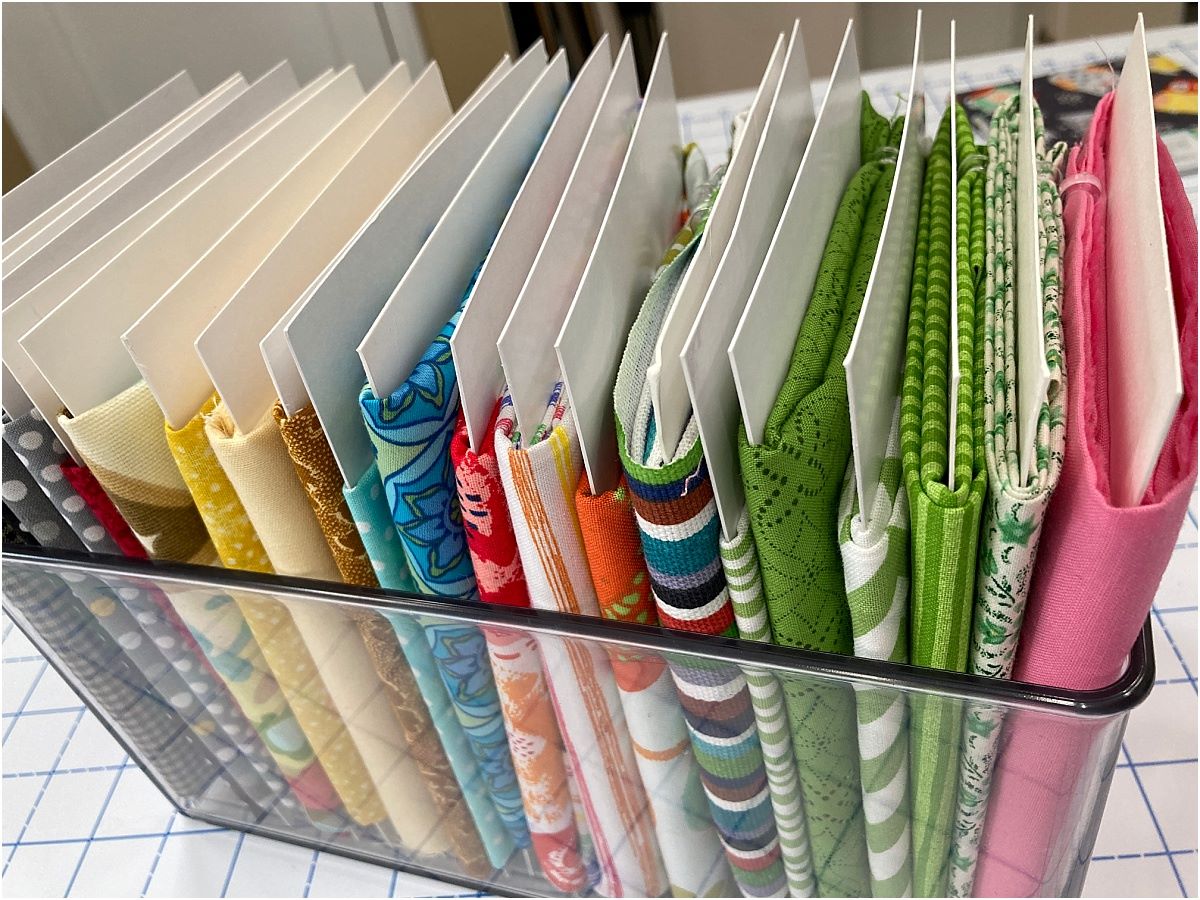

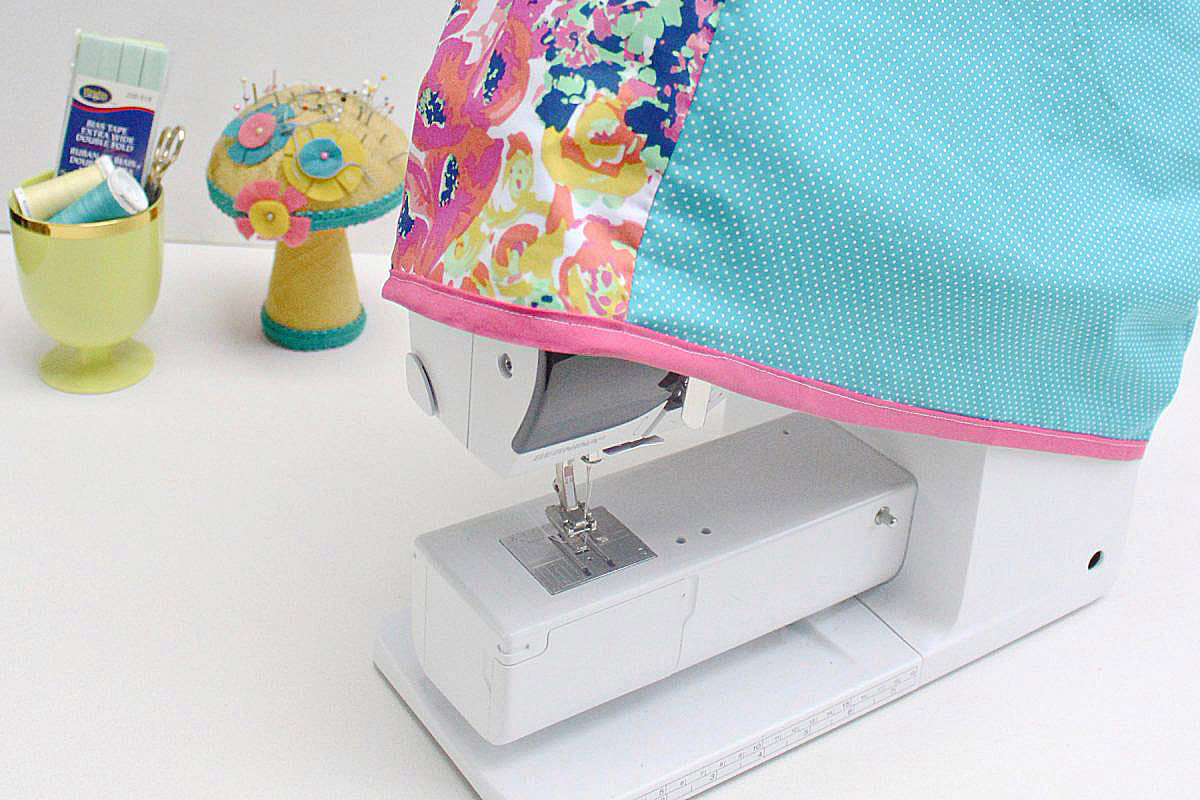
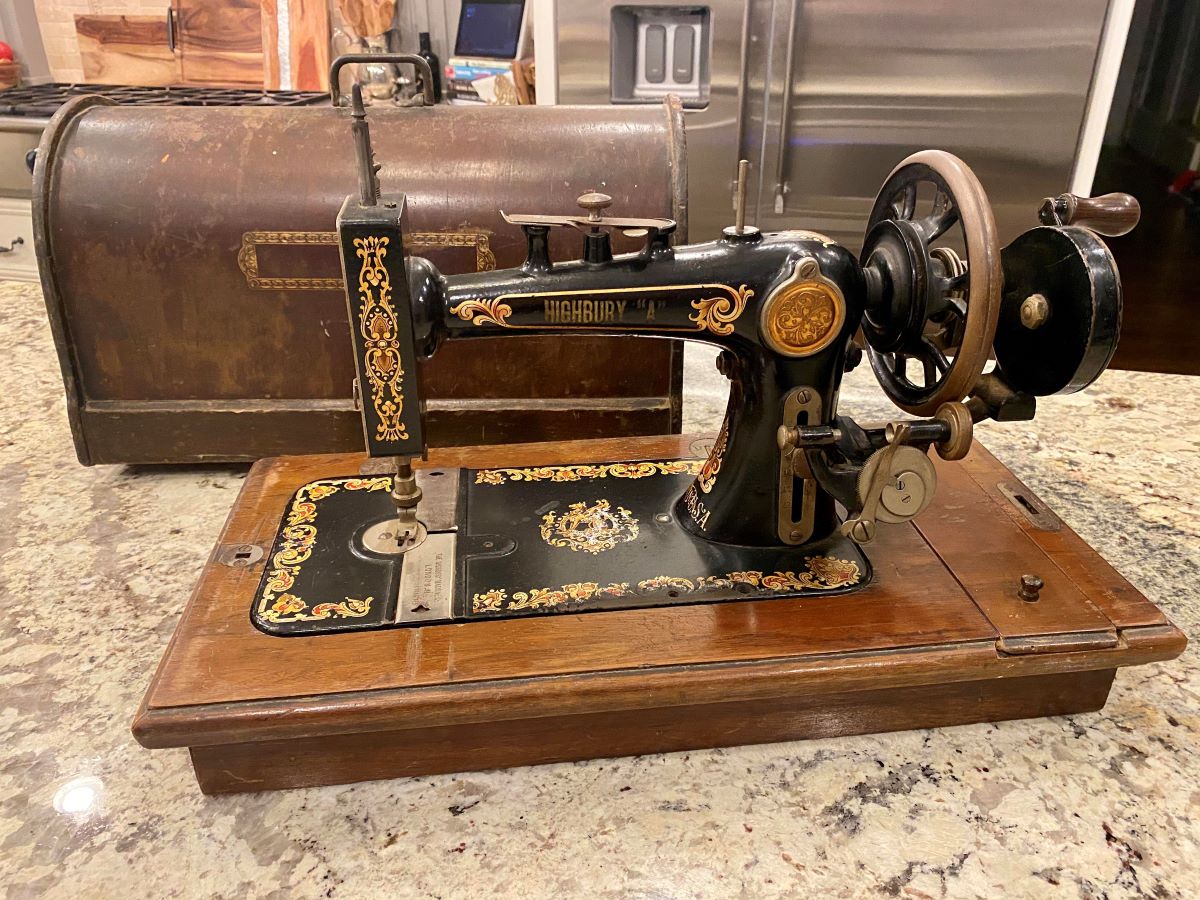

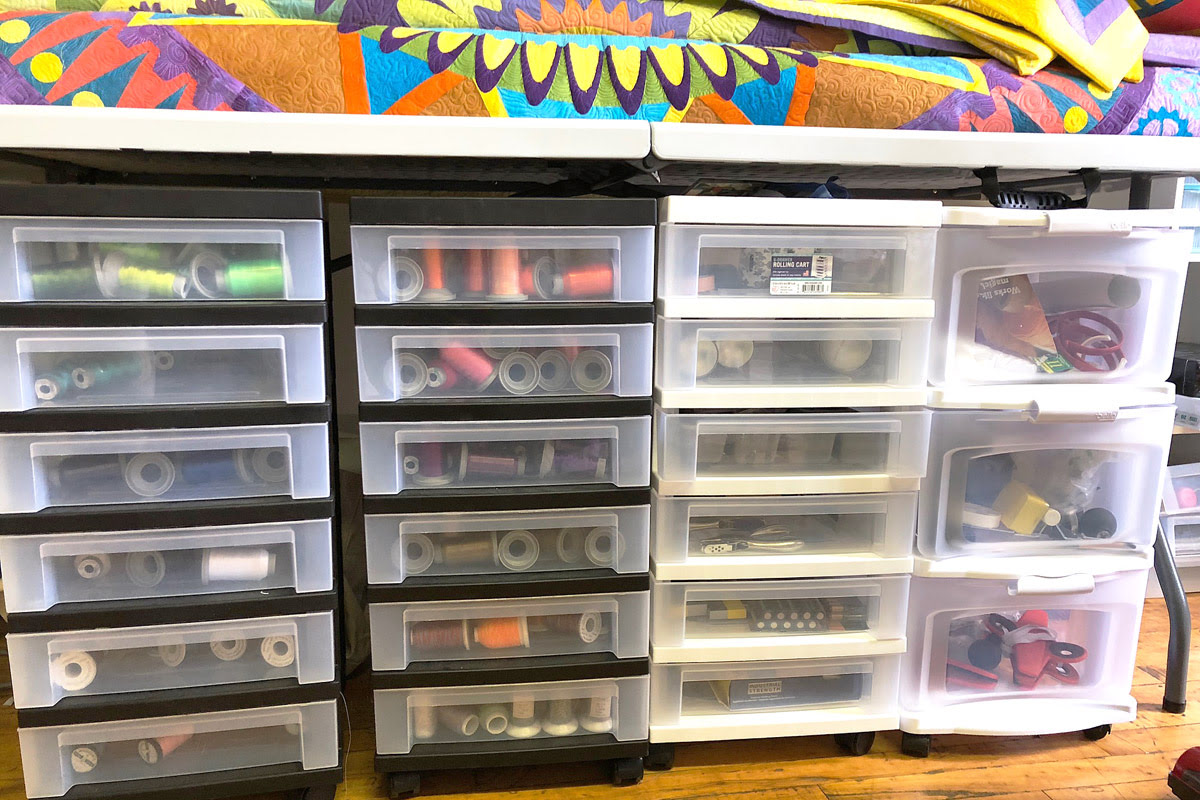
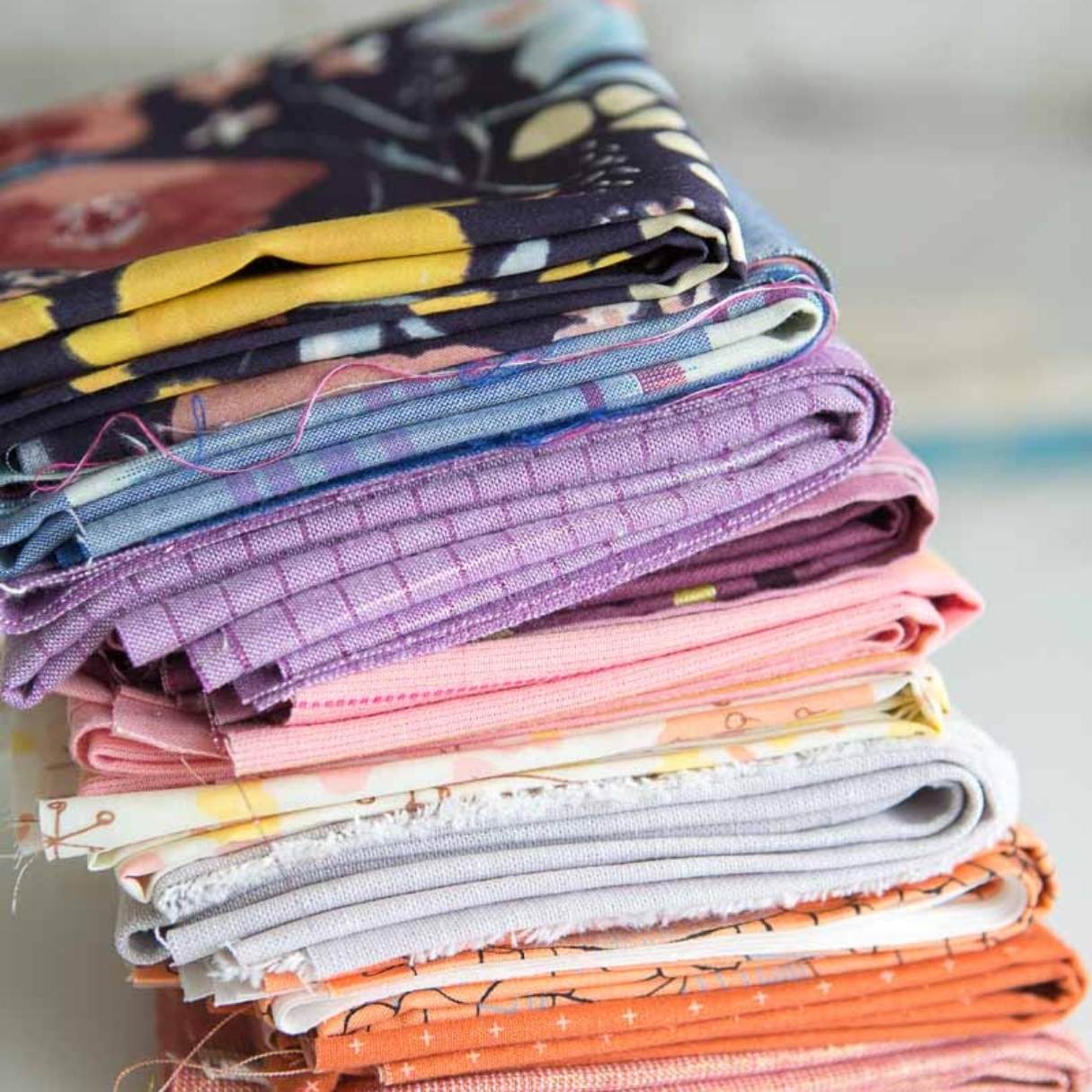
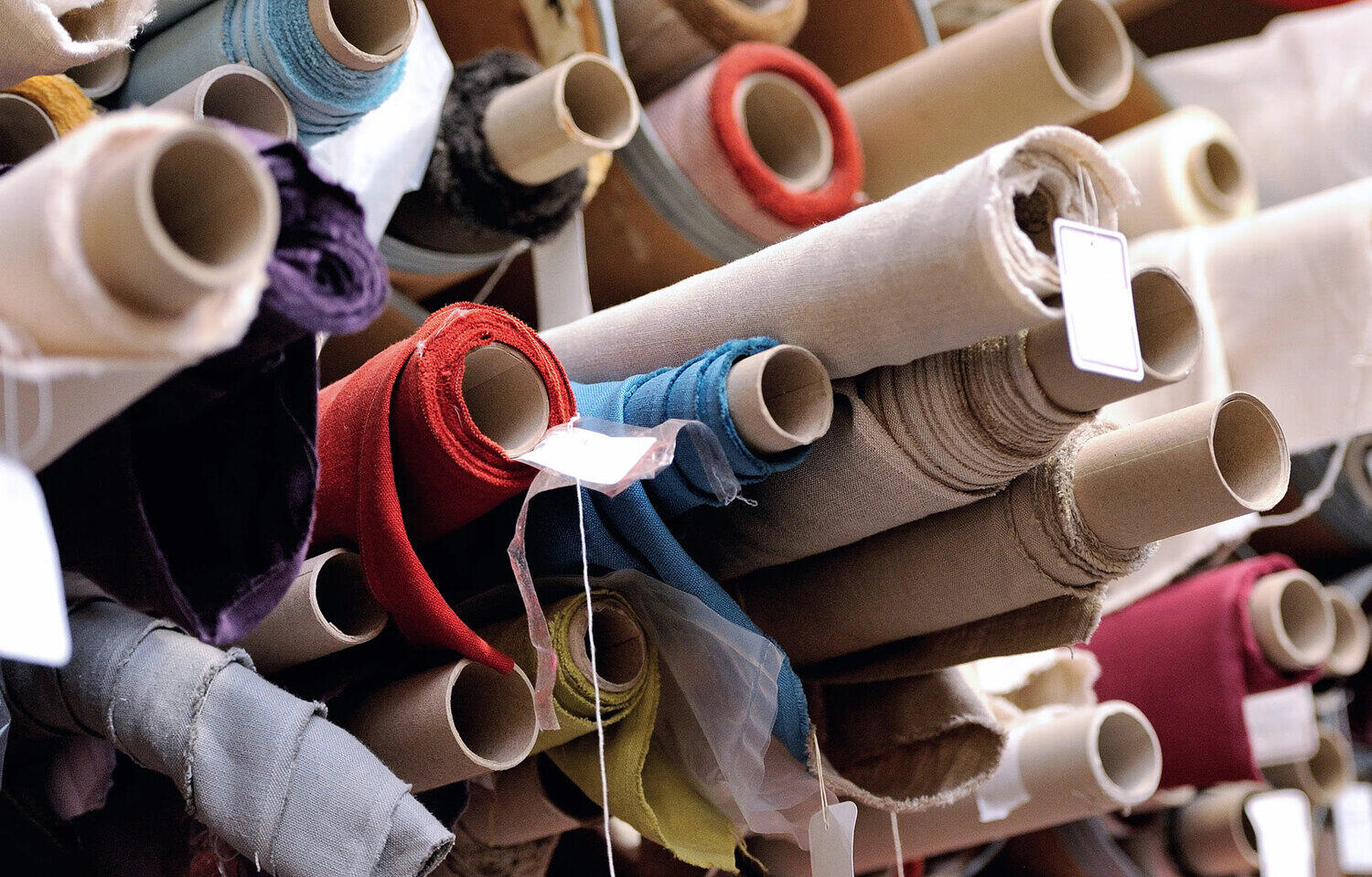
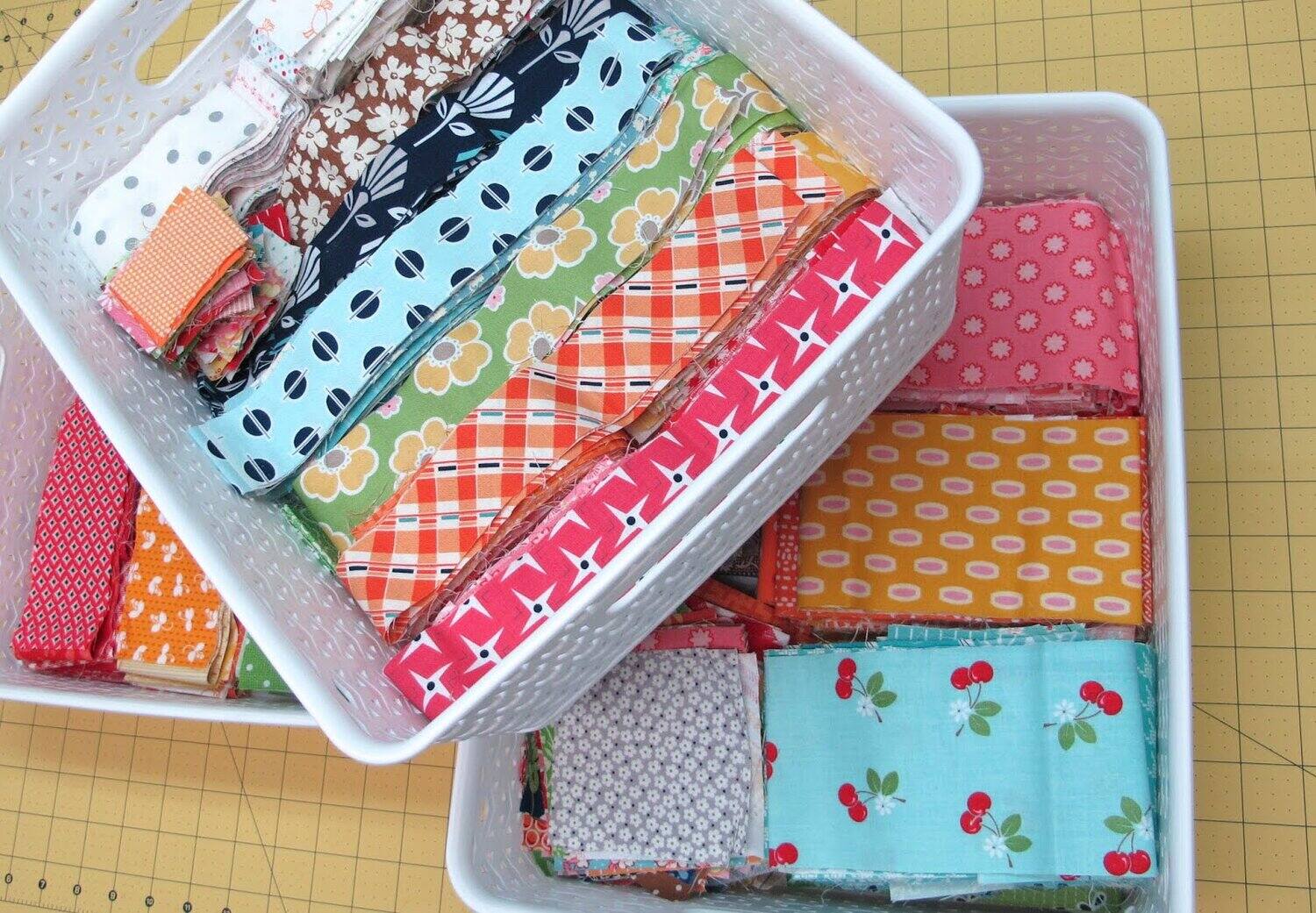

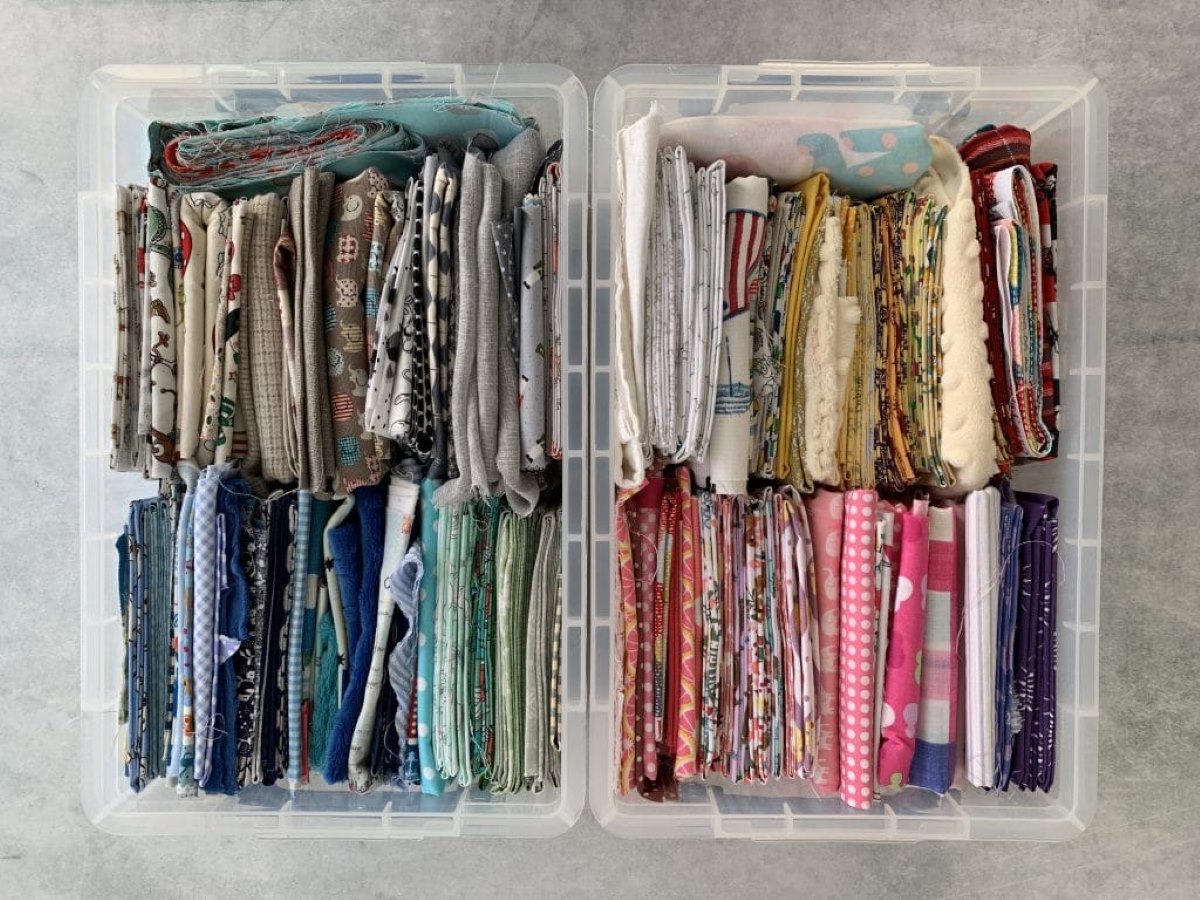

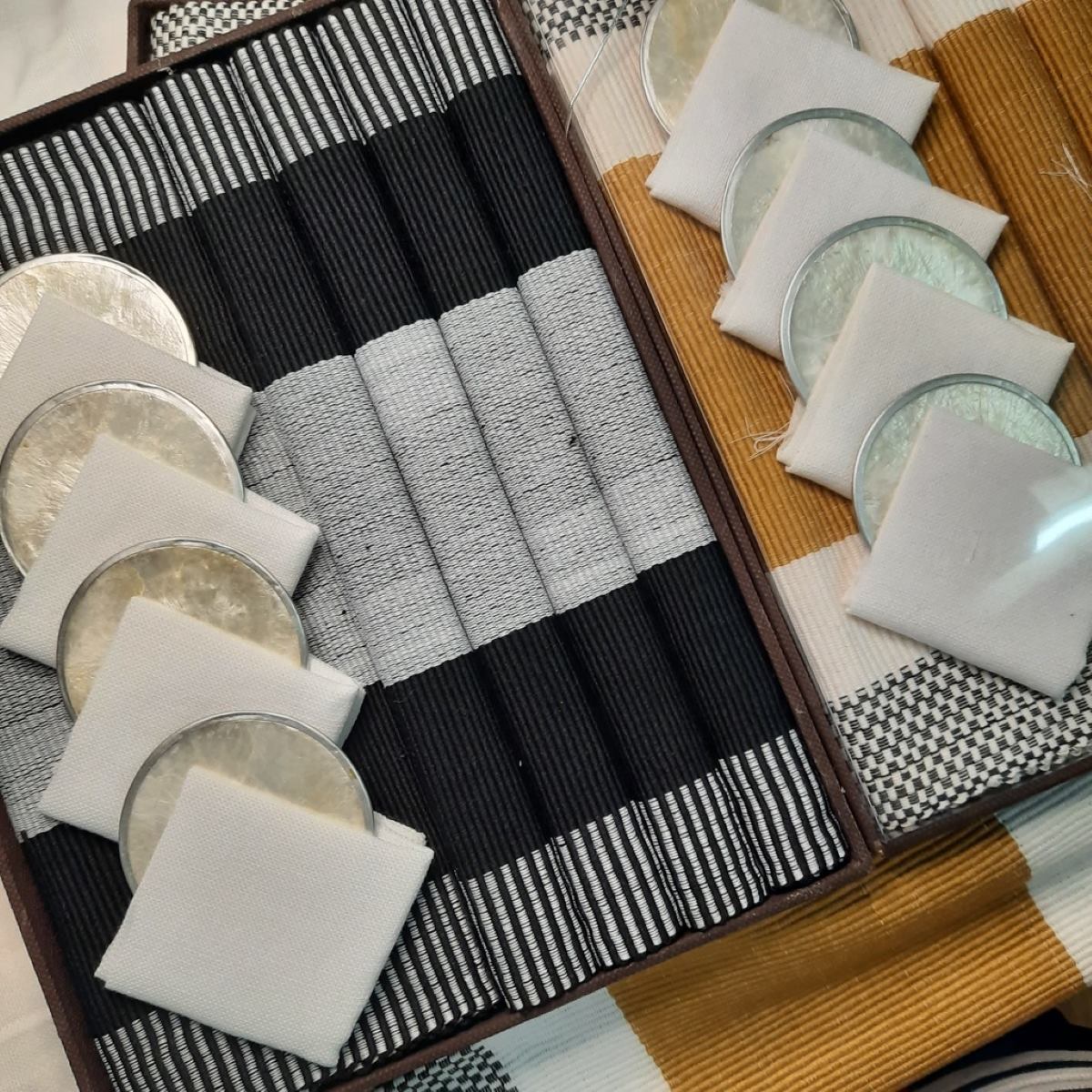

0 thoughts on “How To Store Fabric For Sewing”